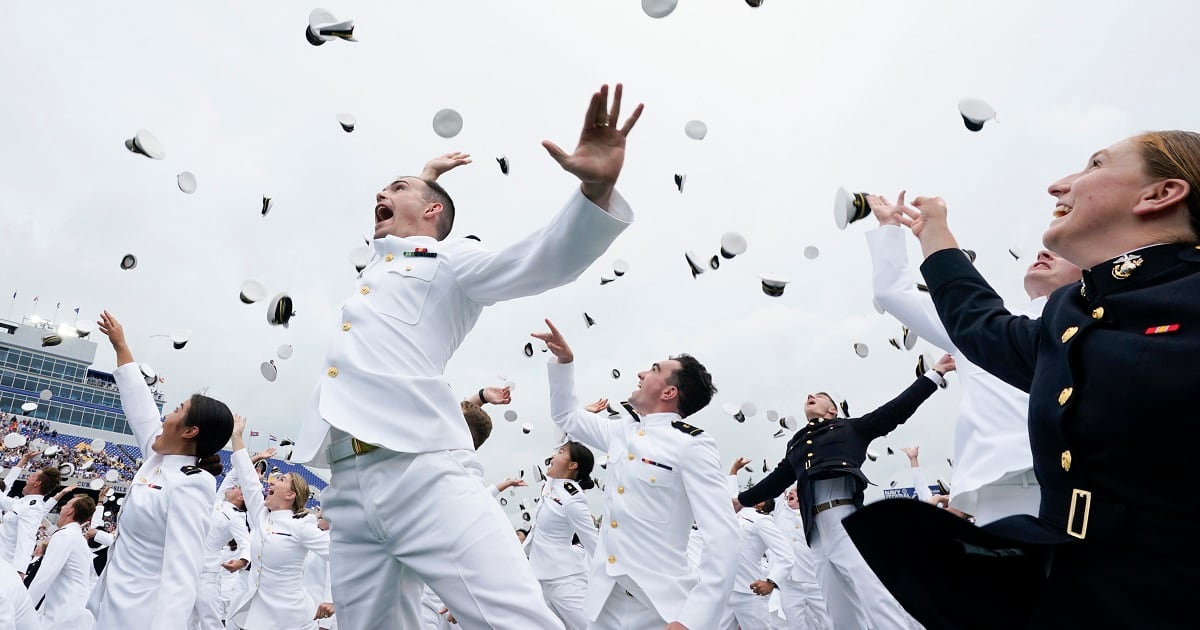The number of American troops stationed in Europe has swelled from 80,000 to nearly 100,000 this year, as Russian’s invasion of Ukraine has thrown the continent’s security into turmoil, and there’s a possibility that this increased presence could last beyond the war.
This heightened urgency has forced the U.S. to take a look at its Europe force posture, weighing the requests of NATO countries against the conditions on the ground. That last part is going to be a sticking point going forward.
“Obviously, these countries have legitimate security concerns, particularly if Russia decides to keep ― you know, before Feb. 24, Russia had 30,000 troops in Belarus ― we’ll have to see how Ukraine proceeds, what Russia leaves either in Ukraine or in Belarus,” Julianne Smith, the U.S. ambassador to NATO, told Military Times on Wednesday during a Defense Writers Group event.
The Biden administration has repeatedly voiced its wishes that the war will end with all of Russia’s forces expelled from Ukraine.
“We hope Russia will stop the war, or leave Ukraine, not keep any weapons or troops in Belarus,” Smith said. “But there are open-ended questions for these allies about their security, depending on how things progress inside Ukraine.”
RELATED

Military officials have offered a range of possibilities for the troop presence in Europe. The temporary deployments of thousands of troops earlier this year have been extended. But the discussion about raising the number of permanently based troops above 80,000 has been going on since last year.
Air Force Gen. Tod Wolters, currently the head of U.S. Europe Command, told lawmakers in March that he has pushed for a plus-up.
“It’s got to change,” he said during a House Armed Services Committee hearing. “And certainly, this is an opportunity, as a result of this senseless act on behalf of Russia, to reexamine the permanent military architecture that exists not only in Eastern Europe, but in our air policing activity, in aviation and in our standing naval maritime groups.”
His nominated successor, Army Gen. Christopher Cavoli, told senators in May that he expects some additional movements, especially if Finland and Sweden enter NATO.
“I think exercises and occasional presence, like we do with any ally, will increase,” he said.
But he shied away from the discussion of permanently basing more troops in Europe, which requires a host of infrastructure to support not only service members, but also their families.
Instead, as the chairman of the Joint Chiefs suggested earlier this year, there may be more rotational forces.
“My advice would be to create permanent bases, but don’t permanently station,” Army Gen. Mark Milley told HASC in April. “So you get the effect of permanence by rotational forces cycling through permanent bases.”
Meghann Myers is the Pentagon bureau chief at Military Times. She covers operations, policy, personnel, leadership and other issues affecting service members.




